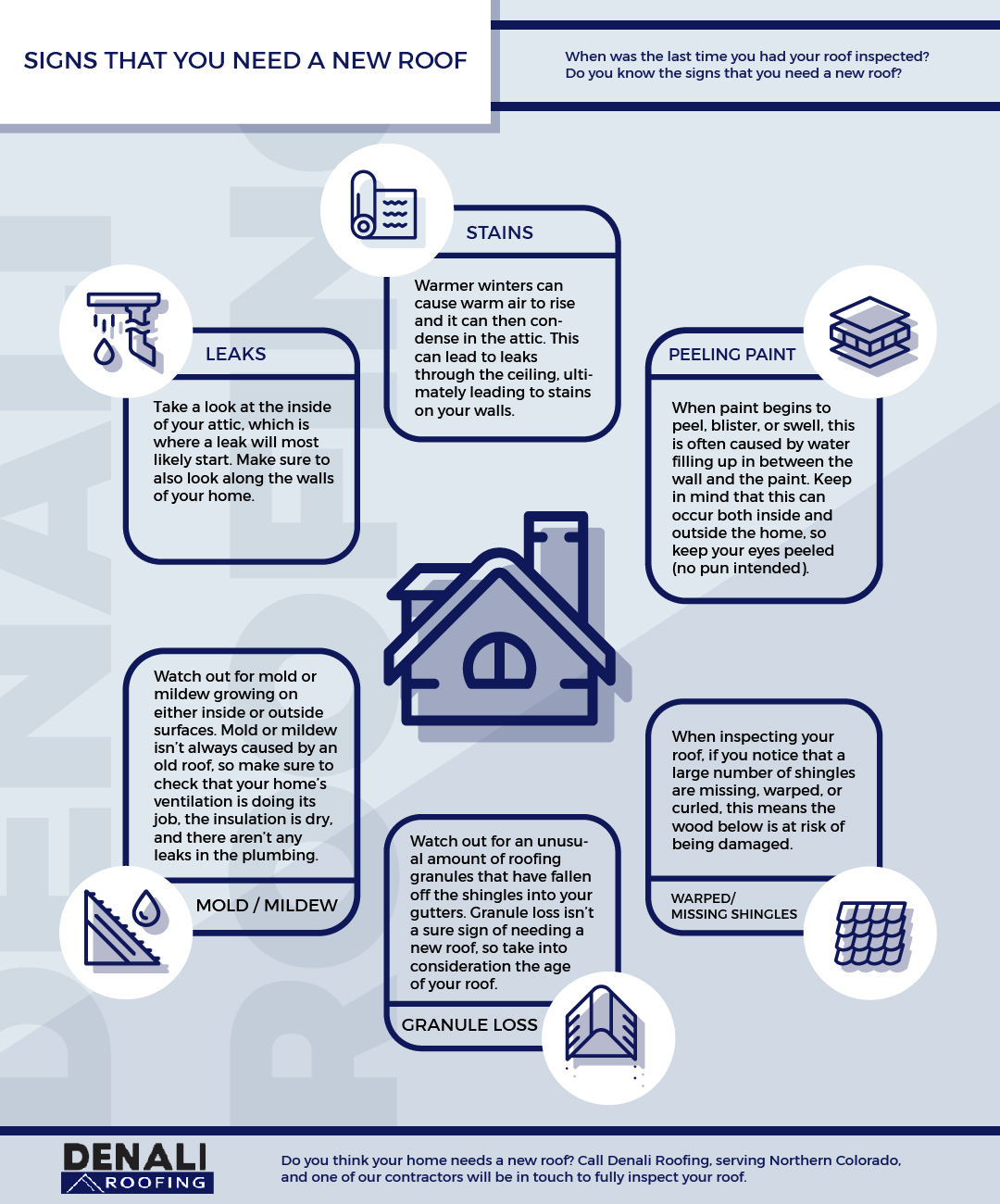Common Errors In Roofing Setup And Just How To Prevent Them
Common Errors In Roofing Setup And Just How To Prevent Them
Blog Article
Content Author-Mckee Thybo
When you're planning a roof installment, it's very easy to forget vital details that can result in significant problems down the line. You may be lured to reduce edges on material selection or skip appropriate blinking setup, but these common blunders can lead to pricey repair work later on. Understanding the value of air flow and sticking to neighborhood building codes is important for a successful project. So, what are the key steps you should take to ensure your roofing stands the test of time? Allow's check out hop over to this site to stay clear of these mistakes.
Poor Material Option
When it concerns roofing setup, picking the wrong materials can lead to expensive issues down the line. supplemental resources may believe that any type of roof material will do, but that's an usual misunderstanding. It's critical to pick products that fit your neighborhood environment and the certain demands of your home.
As an example, if you reside in an area with hefty rain or snow, going with asphalt shingles might not be the very best choice. Rather, take into consideration even more durable choices like steel or slate.
Additionally, pay attention to the high quality of the products you're considering. Low-cost products could save you money upfront, however they usually lack durability and can lead to regular repair services or replacements.
You should likewise consider the design of your home and make certain the materials you select will certainly preserve its aesthetic allure.
Ultimately, don't fail to remember to talk to professionals. They can provide useful insights and advise materials that comply with regional building ordinance.
Investing time in appropriate material selection now can assist you stay clear of frustrations and expenses in the future, making your roof covering job a success.
Inadequate Flashing Installation
Choosing the appropriate materials isn't the only variable that can lead to roof problems; inadequate flashing installment can likewise develop considerable concerns. Flashing is vital for routing water far from at risk areas, such as chimneys, skylights, and roof covering valleys. If it's not set up properly, you run the risk of water invasion, which can result in mold and mildew growth and structural damage.
When you install flashing, guarantee it's the ideal kind for your roofing's style and the local environment. For instance, metal blinking is usually a lot more sturdy than plastic in areas with hefty rainfall or snow. Make certain the flashing overlaps suitably and is safeguarded firmly to stop voids where water can seep through.
You should likewise pay attention to the installment angle. Flashing should be placed to guide water far from the house, not toward it.
If you're uncertain about the installment process or the materials needed, speak with a professional. They can aid identify the best blinking alternatives and make certain every little thing is set up appropriately, protecting your home from possible water damages.
Taking these actions can save you time, cash, and frustrations in the future.
Neglecting Ventilation Demands
While several homeowners focus on the aesthetic and architectural elements of roof covering setup, ignoring ventilation demands can cause severe long-term repercussions. Proper air flow is vital for regulating temperature and moisture levels in your attic room, preventing concerns like mold growth, timber rot, and ice dams. If you don't set up adequate air flow, you're establishing your roofing system up for failing.
To avoid this mistake, first, assess your home's specific air flow requirements. A balanced system usually consists of both consumption and exhaust vents to advertise airflow. Guarantee you've mounted soffit vents along the eaves and ridge vents at the height of your roof covering. This combination allows hot air to leave while cooler air enters, keeping your attic room area comfortable.
Likewise, think about the kind of roof covering product you've chosen. Some products might need extra ventilation approaches. Confirm your neighborhood building codes for air flow standards, as they can vary significantly.
Ultimately, do not fail to remember to check your air flow system regularly. Blockages from particles or insulation can hinder airflow, so keep those vents clear.
Final thought
To conclude, preventing common roof covering installment mistakes is vital to ensuring your roof covering's longevity and performance. By picking the appropriate materials for your environment, mounting flashing properly, and addressing air flow requirements, you can protect against costly concerns down the road. Don't neglect to familiarize on your own with regional building codes and timetable normal assessments. With these actions, you'll appreciate a safe, long lasting roof that shields your home for many years ahead. Pleased roofing!
